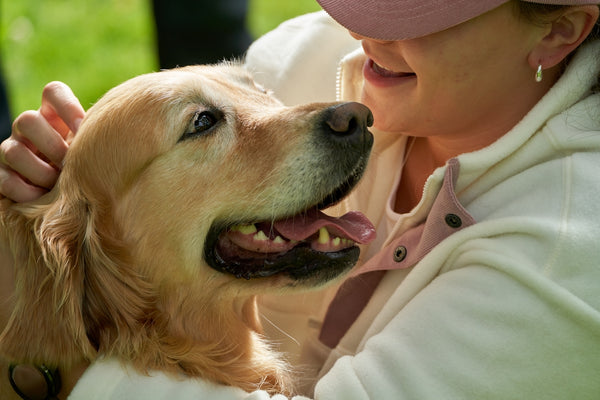Have you ever wondered what goes on in your pet’s mind? As a devoted pet owner, understanding your pet's behavior is crucial in building a strong and healthy relationship with them. In this blog post, we explore some insightful tips to help you decode the mysteries behind your pet's actions.
Know Your Pet's Body Language
Just like humans, pets communicate a lot through their body language. By learning how to interpret their signals, you can better understand what they are trying to convey. It’s essential to pay attention to the following:
- Tail Wagging or Body Posture: Is your dog wagging its tail energetically, or is it tucked between its legs? This could indicate excitement or fear, respectively. Cats also signal through their tails and overall posture, from the contentment of a slow blink to the agitation signaled by flicking their tail.
- Vocalization: Barking, meowing, or chirping can all be normal, but excessive vocalization might indicate stress or discomfort.
Understanding these signals can prevent misunderstandings that often lead to behavioral issues. For more insights into caring for your pets, visit mypetcollective.com.
Create a Stimulating Environment
Pets need both mental and physical stimulation to stay happy and healthy. Providing an enriching environment is key to keeping their behavior positive:
- For Cats: Consider investing in a Real Wood 74" Multi-Level Cat Tree Large Cat Play Furniture. This allows your feline friend to climb, scratch, and play, minimizing detrimental behavior due to boredom.
- For Dogs: A Luxury Faux Leather Dog Car Seat Booster - Double Seat Pet Bed with Safety Buckle ensures comfort during travels, which can help reduce anxiety and motion sickness that sometimes cause behavioral changes.
Ensure Safety and Preparedness
Keeping your pet safe can also contribute to better behavior as they feel secure and protected:
- For Night Walks: An LED PET Safety Halo Style Collar is perfect for keeping your pet visible during evening strolls, making walks safer and more enjoyable.
- For Emergencies: Having an Ultimate Pet First Aid Kit on hand ensures you are prepared for any unexpected medical needs while hiking, traveling, or simply at home.
Consistent Training and Socialization
Training and regular socialization are vital in developing good behavior in pets. Positive reinforcement techniques work well, rewarding your pet for good behavior rather than punishing them for bad. Additionally, regular interaction with other pets and people can also greatly benefit their social skills and prevent anxiety-related behaviors.
By following these tips, you will form a deeper bond with your four-legged companion and unravel the intriguing behaviors that make them unique. For more products and tips for your pet, visit My Pet Collective.








